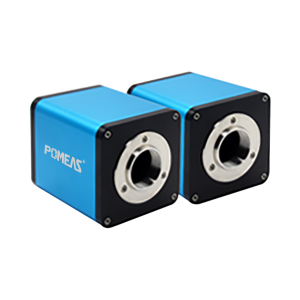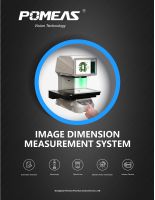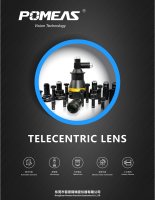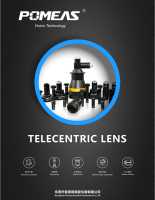Where is the rolling shutter exposure of industrial cameras used?
In the work of industrial cameras, exposure is the process by which the image sensor takes light. Common exposure methods for industrial cameras include global exposure and rolling shutter exposure, where the rolling shutter exposure method may be related to the concept of rolling shutter. This exposure method is that after the aperture is opened, there is a rolling shutter with a certain interval to control the exposure time of the sensor. So where is the rolling shutter exposure of industrial cameras used?

The exposure time of the rolling shutter depends entirely on the opening size of the rolling shutter and the speed of the rolling shutter. That is, the faster the roller shutter moves and the smaller the distance between the roller shutters, the shorter the exposure time of its sensor. Therefore, the rolling shutter exposure method can have a shorter exposure time.
Under the rolling shutter exposure of industrial cameras, all pixels will not start and end exposure at the same time, but will be done in rows. The disadvantage is that the exposure is taken at different times. If the image is moving and the scanning speed is not enough, the shooting result may be tilted, swaying, partially exposed, and smeared. Therefore, rolling shutter exposure is not suitable for photographing moving objects.
The industrial camera is a key part of the machine vision system, and the performance of the industrial camera directly affects the imaging quality of the vision system. Therefore, the selection of industrial cameras is also an important part of the vision system components. It is necessary to consider many aspects and select the products with the best applicability. POMEAS can provide you with industrial camera selection tables and visual construction solutions.
TECHNICAL SOLUTION
MORE+You may also be interested in the following information
FREE CONSULTING SERVICE
Let’s help you to find the right solution for your project!









 ASK POMEAS
ASK POMEAS  PRICE INQUIRY
PRICE INQUIRY  REQUEST DEMO/TEST
REQUEST DEMO/TEST  FREE TRIAL UNIT
FREE TRIAL UNIT  ACCURATE SELECTION
ACCURATE SELECTION  ADDRESS
ADDRESS Tel:+ 86-0769-2266 0867
Tel:+ 86-0769-2266 0867 Fax:+ 86-0769-2266 0867
Fax:+ 86-0769-2266 0867 E-mail:marketing@pomeas.com
E-mail:marketing@pomeas.com
